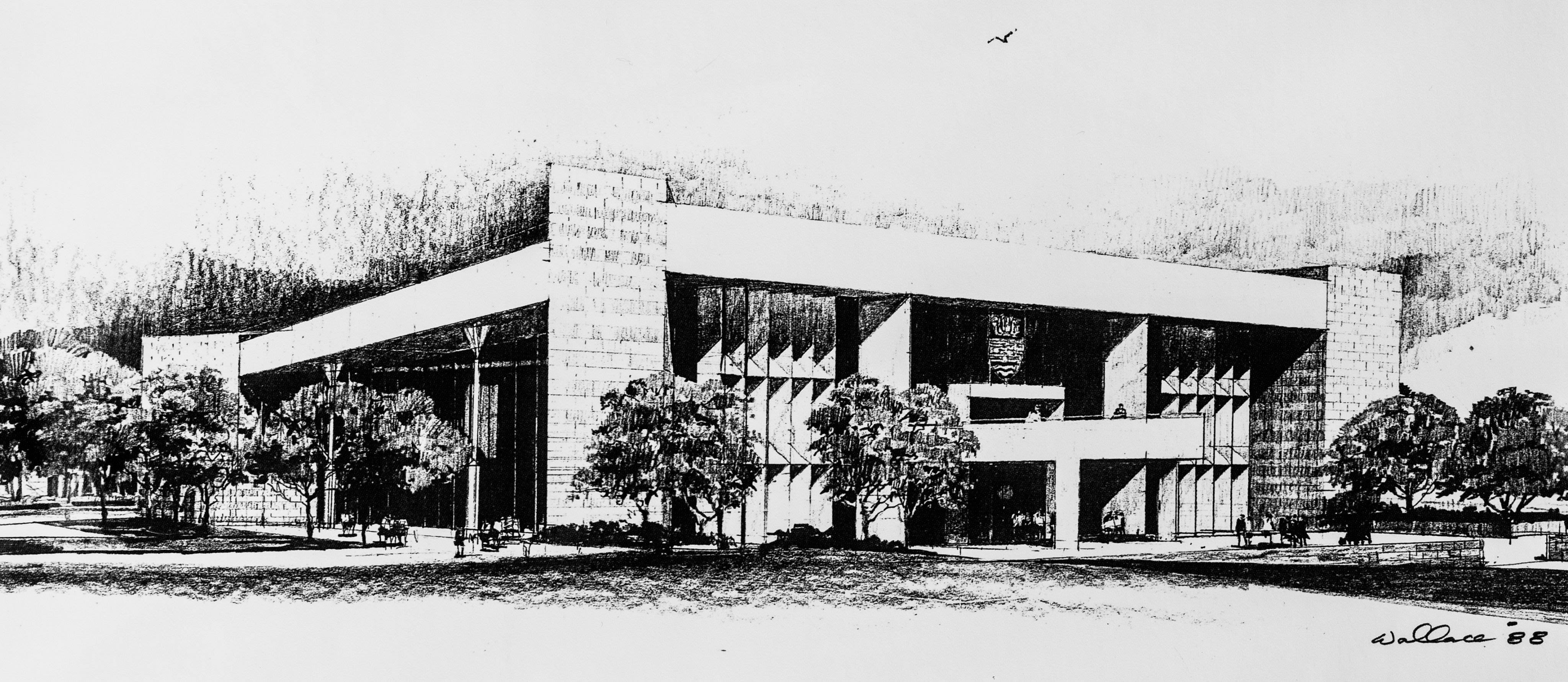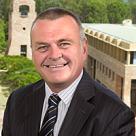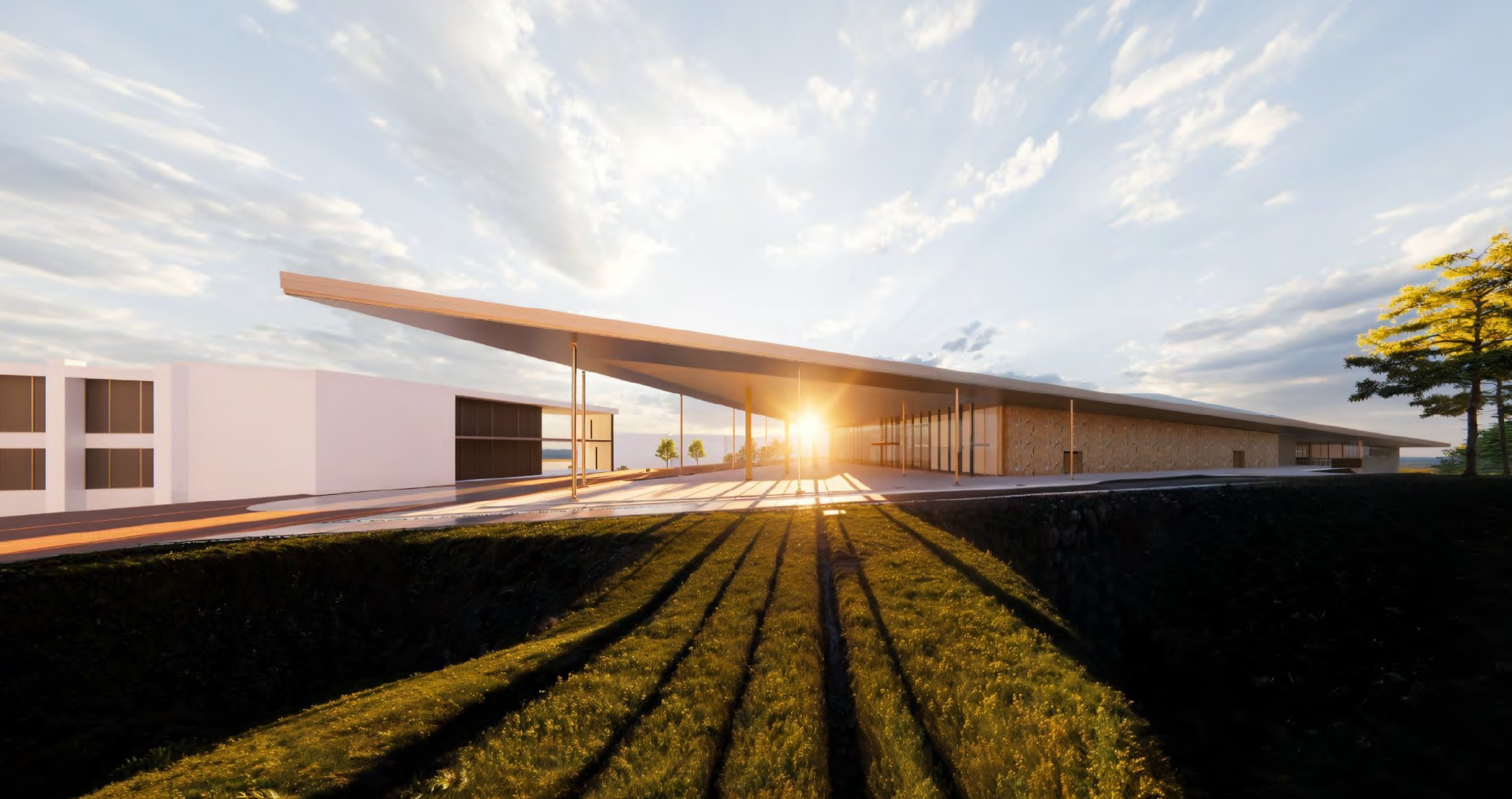

A transformative 18,000 sqm development at Bond University will support growing demand for medical and business education while preserving its personalised learning model. Here's how the Connections Precinct is coming to life.
It began with a virus. In the early chaos of COVID-19, medical education faced its own crisis. Border closures and the suspension of hospital placements disrupted training, threatening to block the flow of future doctors just when Australia needed them most.
Bond University responded with characteristic agility. To avoid a bottleneck, the university introduced a second student intake in 2020, allowing those unable to start their studies in May to join the Medical Program in September. The decision proved timely – and transformative.
The now permanent double cohort helped meet pandemic-driven demand for frontline medical staff, while also helping address the longer-term challenge of supporting Australia’s ageing population.
Meeting growth with vision
But with enrolments expected to top 1200 medical students within two years, a new challenge emerged: how to accommodate growth without compromising Bond’s signature small-group learning experience in high-quality facilities. The answer is the new Connections Precinct, the university’s most significant capital development since its founding in 1989.
Spanning 18,000 square metres – more than two football fields – the precinct will sit atop the highest point on campus with sweeping views of the lake and Burleigh Heads. It is scheduled for completion in 2027.
Reimagining the campus
Before breaking ground, the university paused to reimagine the future of campus infrastructure. Today, the Bond Business School is spread across three locations: the original faculty building, the Bond FinTech Hub and the Centre for Data Analytics.
Bond University Vice Chancellor Professor Tim Brailsford says co-locating Business and Medicine in the new precinct is a strategic decision which he hopes will create opportunities for cross-disciplinary engagement and activity.
“The business of health is fast becoming a major industry as demand for health services rises rapidly with increased calls for it to be better managed,” he says.
“Accountability, efficiency and productivity cannot be ignored and we believe that graduates who are equipped with modern business skills with an understanding of health will be highly sought.
“In this way by bringing the business and medical schools under one roof – something we believe is a national first – we are creating a space where clinical expertise and commercial insight can come together.”
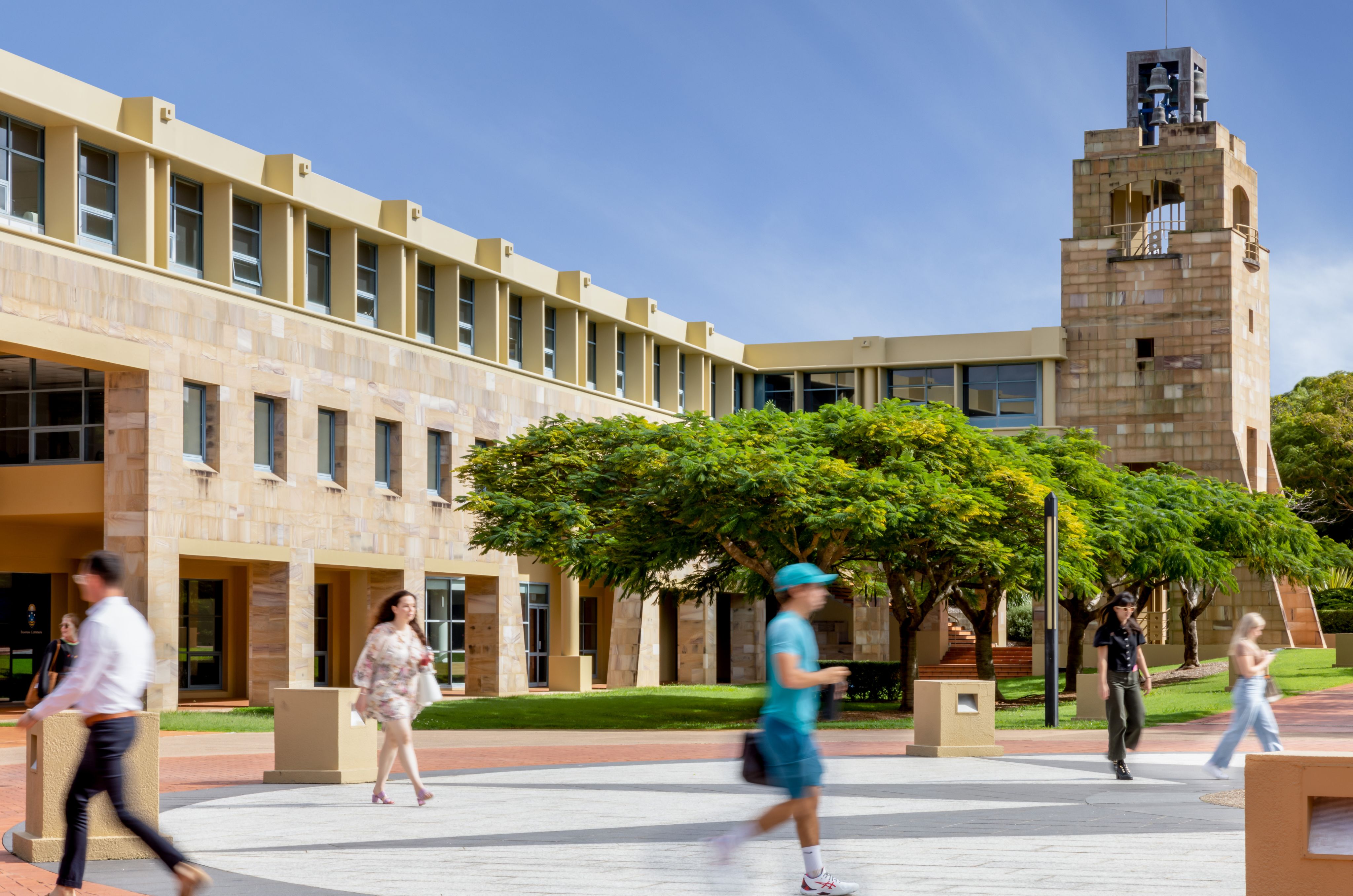
"We are creating a space where clinical expertise and commercial insight can come together."
Bringing the Great Hall to life
A third element of the Connections Precinct will bring to life a concept first imagined by Bond’s original architects Daryl Jackson and Robin Dyke.
The Great Hall, with seating for 1200 people, will host graduations, balls, and major community events that currently take place in the university’s indoor sports centre.
“A Great Hall was envisaged in the original master plan for the university way back in the 1980s,” Professor Brailsford said.
“We think it's time to finally build it.”
The original Great Hall.
The original Great Hall.
One roof, three pillars
The Medical Program, Bond Business School and Great Hall will be housed in three distinct buildings under a single roof, with a skywalk connecting to the existing Faculty of Health Sciences and Medicine building.
The university will self-fund the project, although philanthropic partners will be invited to support the Great Hall.
"We see this as a landmark development – not just for the university, but for the broader community,” Professor Brailsford says.
“It’s a legacy project that will serve students for generations.”
Keeping Bond’s edge
Dean of Medicine Professor Kirsty Forrest says the new precinct will house state-of-the-art simulation labs, flexible teaching spaces, and places where students can work on real-world challenges.
“That mix of clinical excellence, innovation, and collaboration is what will give our graduates the edge, not just as capable doctors, but as adaptable, forward-thinking leaders in a health system that is changing faster than ever," Professor Forrest says.
Despite the scale of the project, she says the university will not compromise on its educational approach.
“At Bond, our small-group, highly personalised approach is not up for negotiation – it is part of our DNA.
“The new Connections Precinct is being designed to give us more room without losing that special feel."
Bridging Business and Health
Executive Dean of Business Professor Robin Gauld says today's business students “are tomorrow's health system and public health improvers”.
“We need to emphasise that business students can make a difference in a sector that profoundly impacts on people’s lives, quality of life and health behaviours” he says.
Professor Gauld says the university is creating an environment where business, medical, and other health science students will be able to interact easily.
“This will be their natural home, along with our faculty members.
“This will lead to a wide range of opportunities to work together, from multidisciplinary business case competitions through to participating in start-up and other events.”
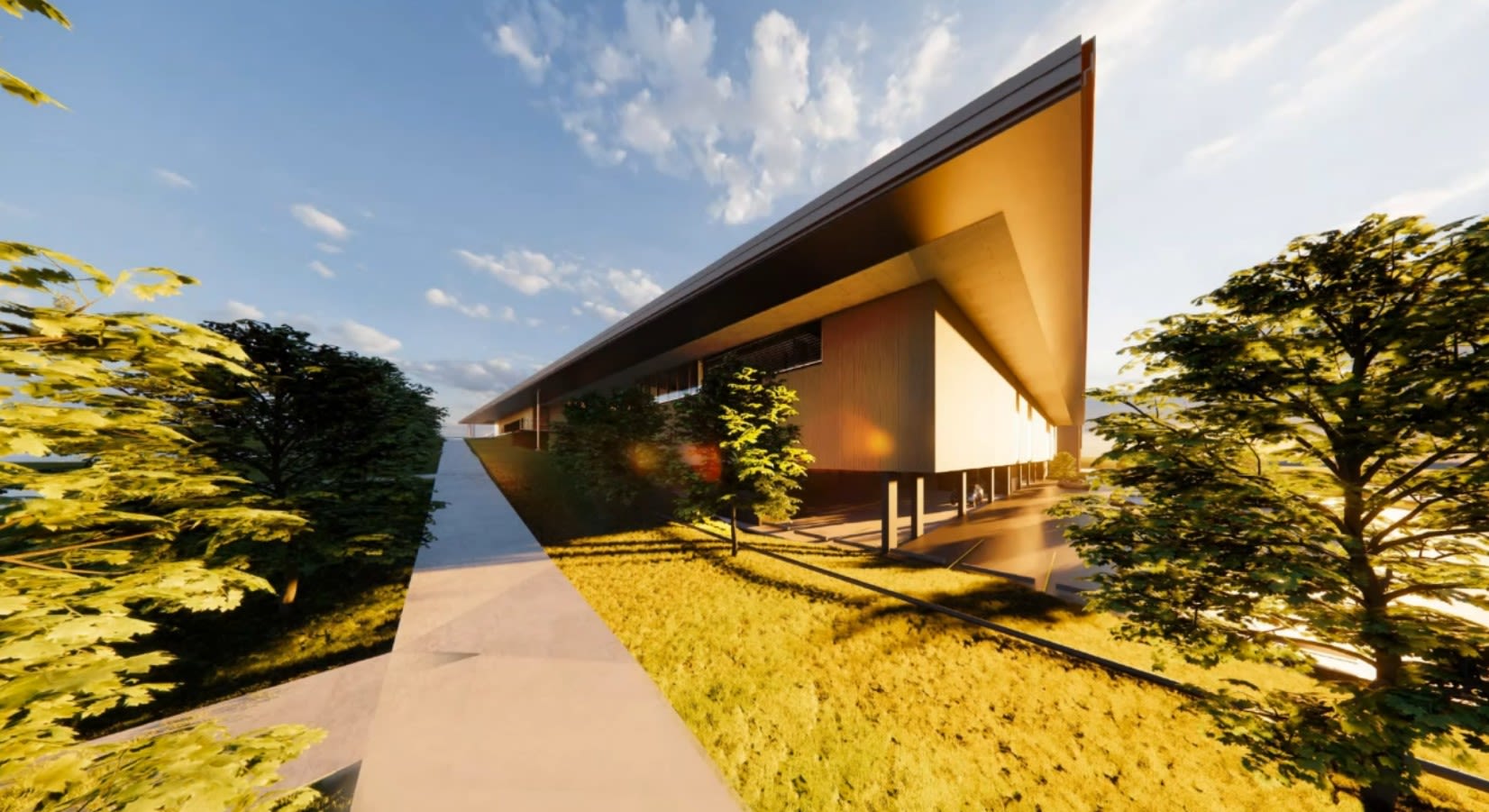
Building for the future
Other highlights of the Connections Precinct include a new anatomy lab twice the size of the current one, and 33 clinical skills rooms to support Bond’s distinctive focus on clinical training.
The university’s signature sandstone will feature inside and out, ensuring aesthetic harmony with the rest of the campus.
The project is being undertaken by ADCO Constructions which has a long partnership with the university.
The building site will also function as a real-world classroom for students studying construction management and related fields.
The university will add around 250 car parks as part of the work, while solar panels on the roof will generate 490kW of solar power – enough to power 50 homes.
Construction began in June following the project’s approval by the University Council and the Gold Coast City Council.
Published on Wednesday, 22 October, 2025.
Original thinking direct to your inbox

Stories from Bond
